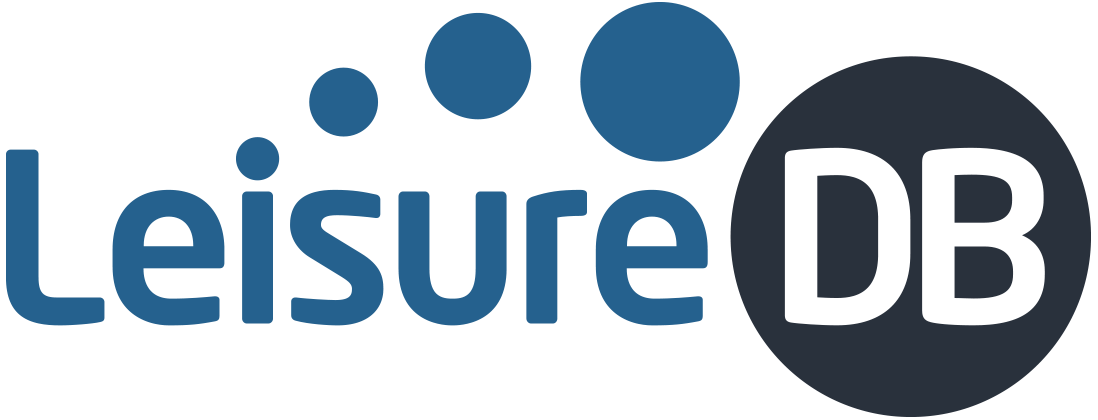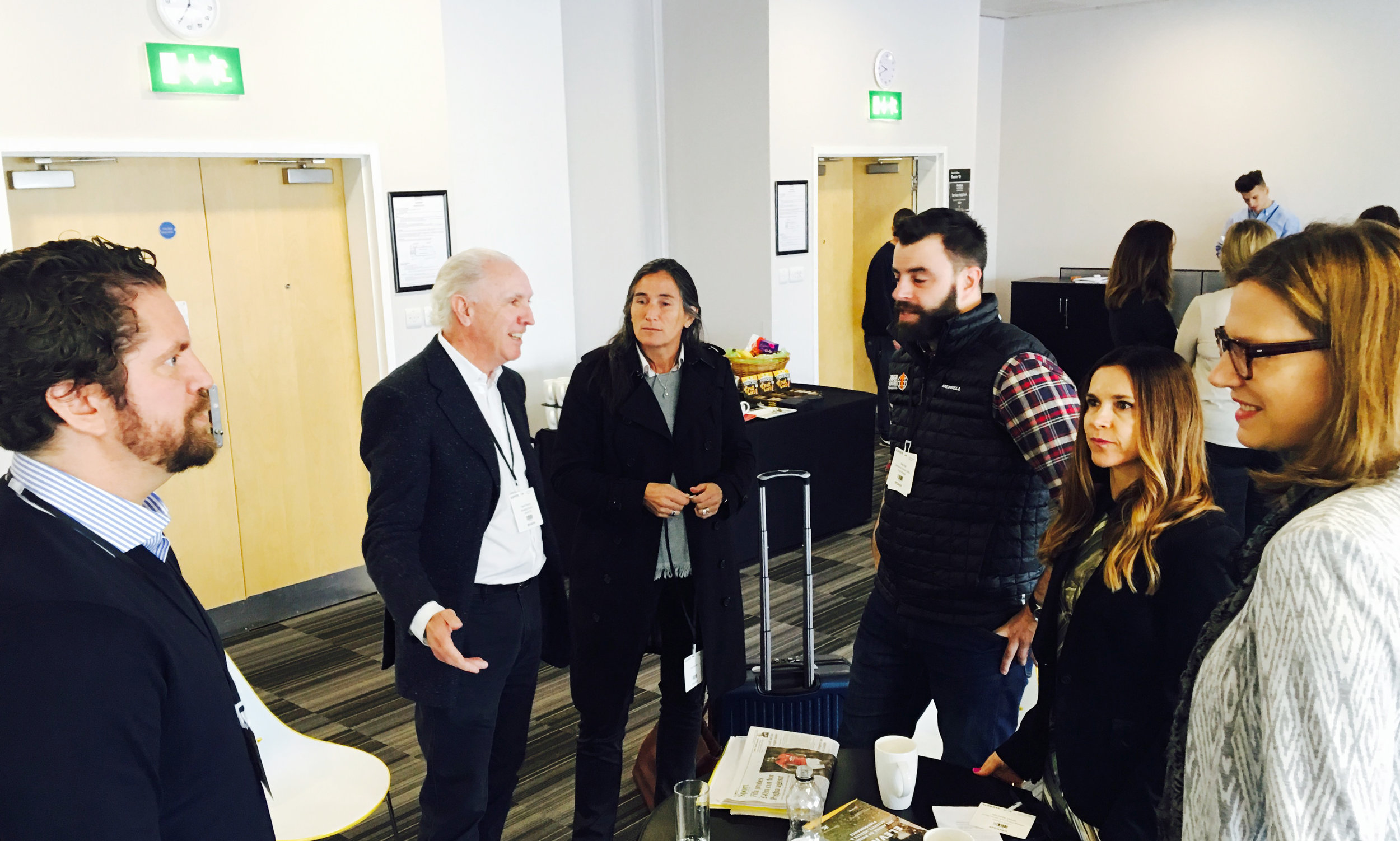It’s set to be a high-energy Elevate 2017, here at London ExCel. Loads of innovative companies are exhibiting what’s new in the fitness industry, and leaders are here to talk current trends and future predictions.
The Business of Physical Activity
CEO of Kin Wellness, Anna Gudmundson, appeared on a panel this morning to talk about the business of physical activity, and the lively debate did not disappoint! David Minton of LeisureDB kicked it all off by setting the scene with an overview of disruption in the food and transport industry, as examples. (Good news, if AI continues to advance at the current pace, we might all have more time to spend at the gym?)
There is room for innovation and growth in any part of the industry, whether apps, trackers, gyms, clubs or the workplace. David also looked at how aggregators are gaining ground - after all, everything else is on demand, so why not fitness? The logical next step is how the fitness industry will be innovating to become disruptors themselves, especially in the current landscape of great social need and a growing health crisis.
Setting the Scene
This is something we are extremely excited about here at Kin, as we believe that corporate wellness will have a big part to play in the efforts to cope with our overburdened healthcare systems and improve our quality of life. Anna ran through our drivers and opportunities during the panel: with the NHS running up an unprecedented debt of nearly £2.5 billion, the fact that 88% of health issues on the radar are caused by lifestyle doesn’t just represent a crisis, but also great opportunity to help. We spend over 50% of our waking hours at work, so it is the perfect setting for addressing wellness.
Lifestyle and Experiences are Key
Michelle Dand of David Lloyd Leisure was the first to voice one of the main themes of the panel discussion - that experiences and value were increasingly central to their customers’ needs. Everyone is broadening their expectations of what a lifestyle brand could bring to them, Michelle observed, “we are not just four walls.” David Lloyd leverages partnerships to enrich their services offering. It was interesting to hear that so many of their clients take advantage of virtual gym sessions to accommodate their lifestyle needs.
Mat Bell of Tough Mudder agreed that experiences are the new luxury good, and that people are investing in travel, music festivals or challenge events instead of, for instance, a new car. Interestingly, he noted that social media and digital might bring everyone together before and after an event, but that during the challenge, everyone is focused on the human connections they make while their phone is safely away from the mud and the action. We also discovered that companies were taking advantage of Tough Mudder for team building.
What Makes a True Believer?
Passionately underpinning the human connection, Brian Schuring attested that people walk out of Heartcore completely connected with the brand because they are proud of themselves and are emerging from an authentic human experience. And that pride is what makes real people the best influencers; not necessarily the number of Instagram followers. The loyalty generated is a direct result of their emotional connection: engage them and leave them with a sense of empowerment. That is your fitness business, however you present fitness to the market.
Timing is Everything
At the helm of many businesses, such as Dryrobe and Scentered, Lara Morgan was overwhelmingly committed to health and life balance, but also to the value of our time. She pointed out that we are getting so intelligent about who the consumer is, and what the speed of life for them is during any given point in time, that we are headed for a lot of human-led change. She also made some compelling points that health is not taught enough at a young age, so we are playing catch-up and educating each other as adults how to look after ourselves.
Questions Answered Here...
During Q&A, the audience covered a lot of ground and gave the panelists a chance to circle back to talk about about how tech is affecting fitness, the role of private and public investment in the fitness and wellbeing industry, the rise of mental health awareness and more.
Anna quoted Sir Muir Gray’s bold recommendation that the NHS shift £100 million from drugs to physical activity as a shift in public perception. Everyone agreed that private investment and private innovation can drive public sector change, and David thinks the public sector growth is still to come. As always, it was exciting to hear from Lara and others that CEO’s everywhere are discovering that business performance demands a need to invest in wellness.
The business case for investing in employee wellbeing is a solid one, but aside from financial indicators, progress in this industry means happier and healthier people. To repeat Brian’s statement, engaging and empowering people is the mission of everyone bringing wellness and fitness to the market.
By Michelle Laven, www.KinWellness.com





